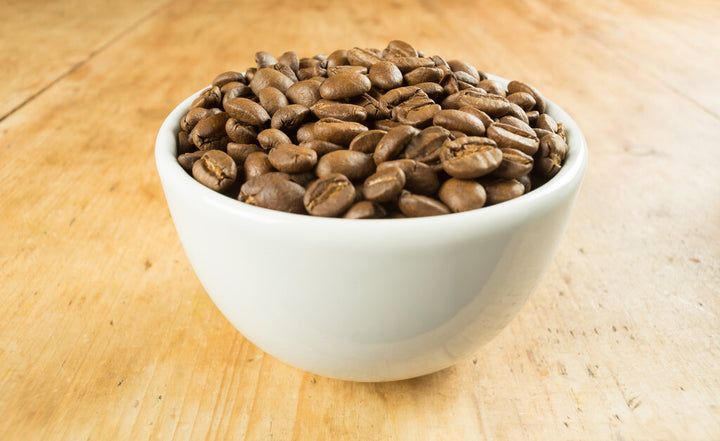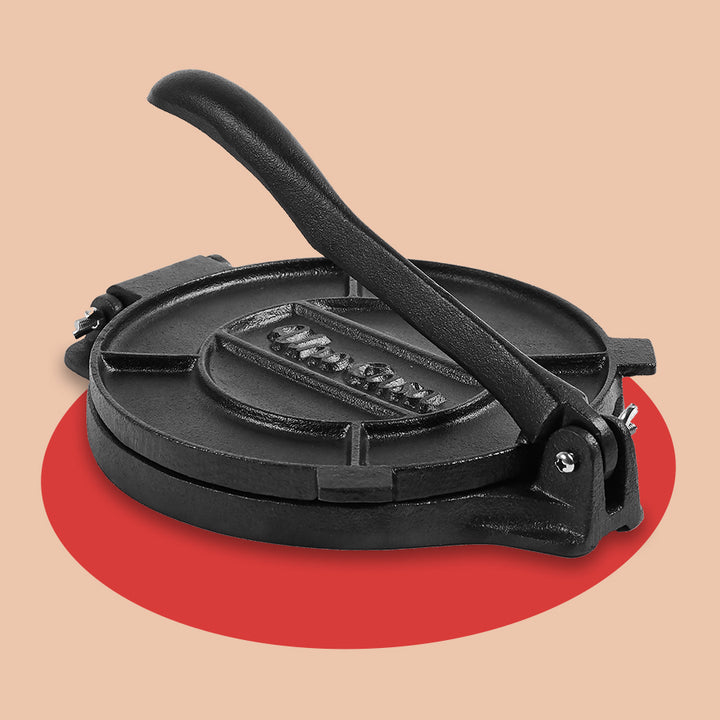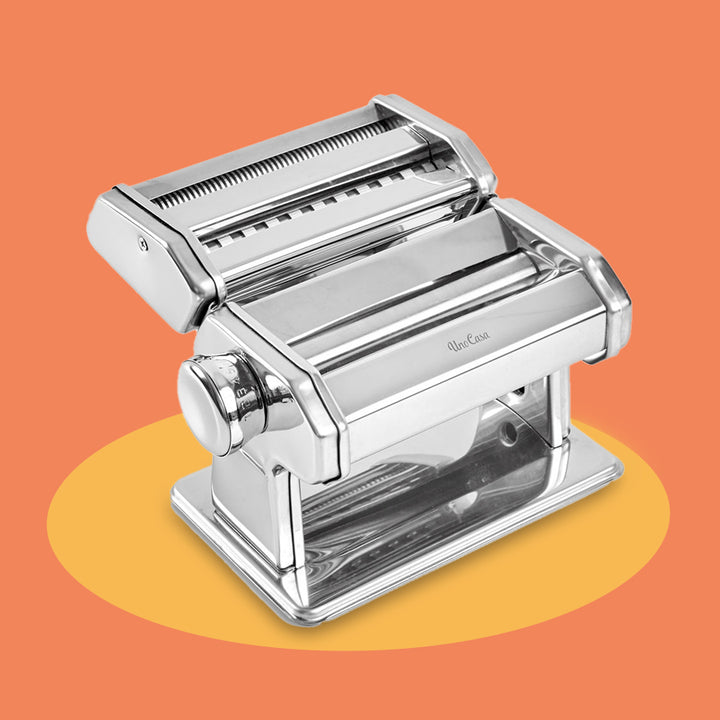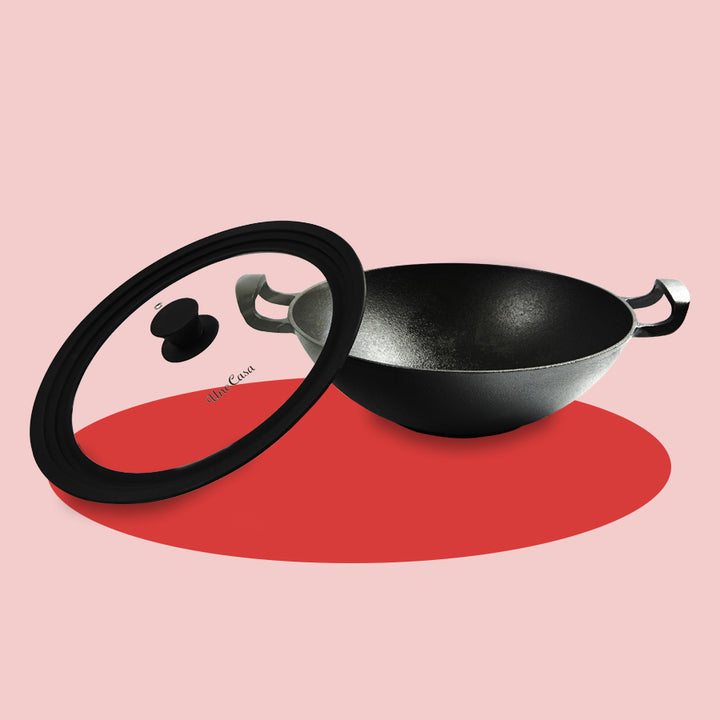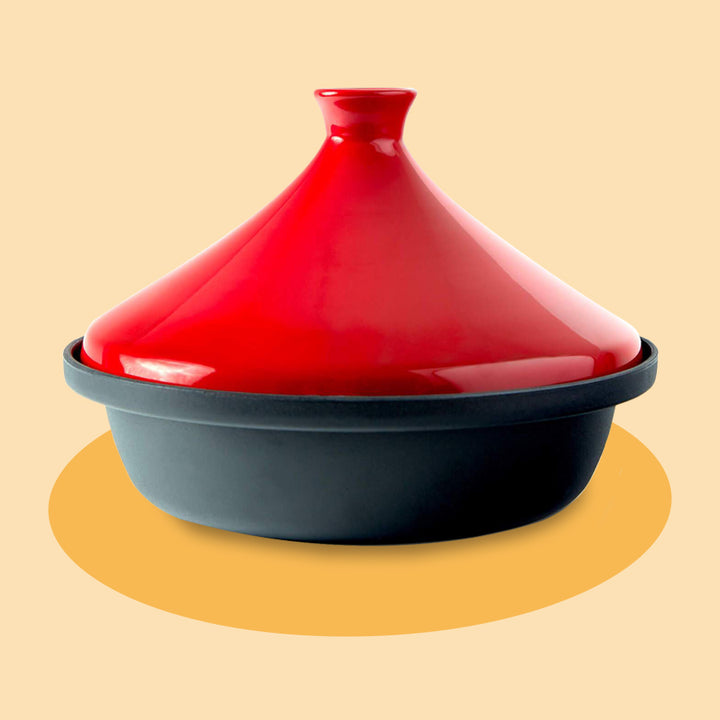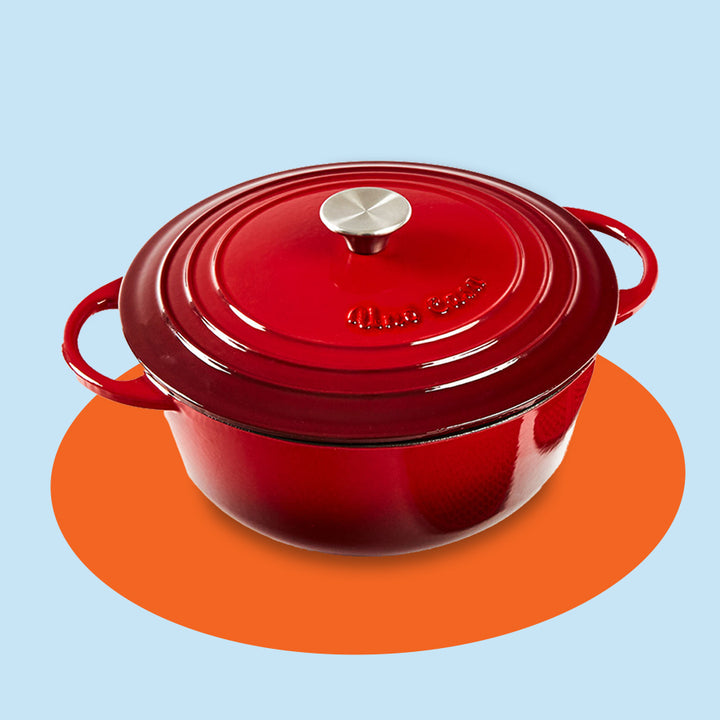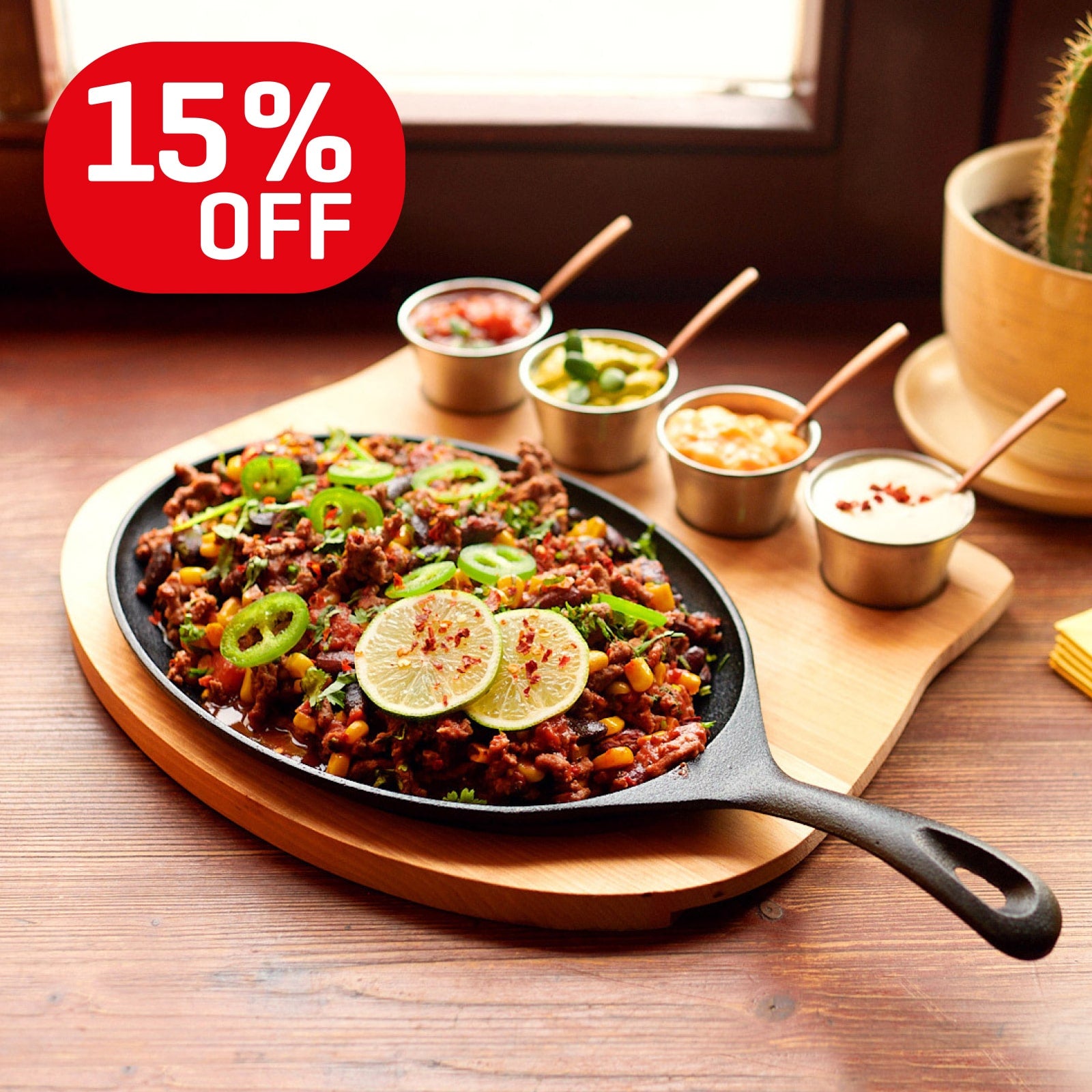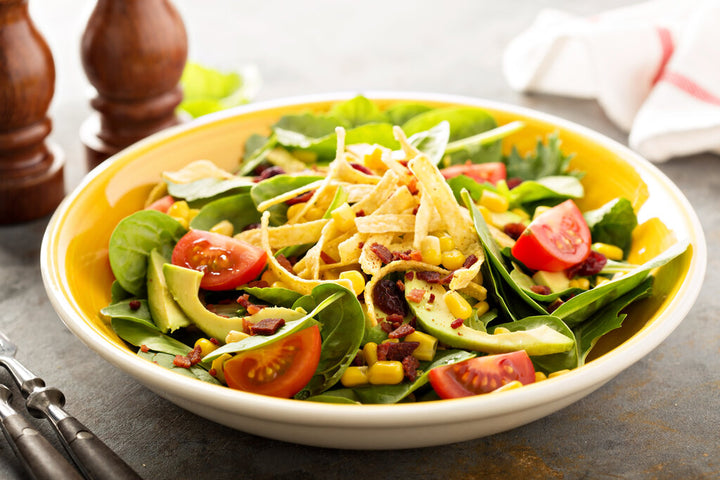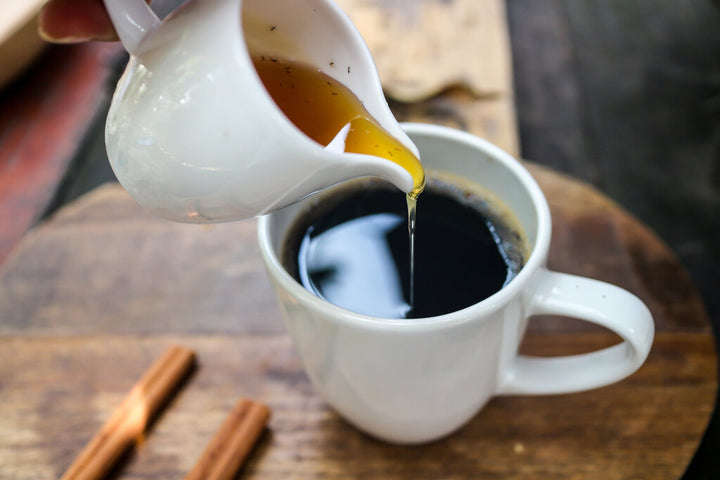Cast Iron Sticky After Seasoning: Tips and Tricks to Fix It

The big theme in the kitchen can often be: How to clean cast iron skillet. Seasoning is a tried and tested routine when it comes to keeping your trusty cast-iron skillet non-stick. Heated oils create a formidable coating that protects the surface of the skillet and prevents it from sticking when cooking.
An adequately seasoned skillet shouldn't see any sticking when you're cooking. If there is sticking even after seasoning, then there are a few fixes you can carry out in your kitchen.
In this post, our chefs answered the all-important question. "What do you do if your skillet is still sticky after seasoning?"
How do you keep a cast iron skillet from sticking?
It's essential to learn how to season cast iron if you cook with these types of skillets in your kitchen. Properly seasoning cast iron helps to protect the surface of the skillet, which not only produces a non-stick coating that makes cooking easy, but helps your skillet to last a lifetime! While reseasoning cast iron is something you'll have to do regardless, you can buy skillets, like the ones from Uno Casa, that come preseasoned and ready to cook out of the box.
Whenever you cook with oil, a natural, non-stick surface forms on cast iron pans. The process is a helpful result of oil polymers bonding together with the iron when enough heat is applied.
This happens whenever you cook with oil or other fats in these types of skillets. It's also a process that you should regularly carry out yourself. The most common seasoning method involves cleaning the skillet to remove any black residue, oiling it lightly, and then baking it at a high temperature in the oven.
Should a skillet be sticky after seasoning?
You may have asked yourself the question, why is my cast iron sticky after seasoning?
If you're regularly seasoning cast iron, then it should not be sticky when you're cooking. Cast iron seasoning will produce a durable coating that stops food from burning into a sticky residue when you're cooking. To avoid stickiness, use silicone scrubbers - these flat cleaning tools help you to keep your pans in tip-top condition by removing cooked-on food without affecting your seasoning. Our Uno Casa set came with two of them, and they work really well!
Sometimes, though, you might find that your skillet does stick when you start cooking with it, even if you have been regularly seasoning it. Is your cast iron pan sticky after seasoning? There are a few reasons why this could happen.
While oil is essential to the seasoning process, if you apply too much oil when you are seasoning or when you are cooking, this can create a sticky surface. It's a fine art, and it can take patience and experience to really learn how to clean a sticky iron!
Another common reason for stickiness is not heating the pan up thoroughly enough before cooking. If you start cooking on a cold skillet, with cold oil, then sticky residue will quickly form on the pan!
What should a cast iron skillet look like after seasoning?
If you know how to clean a sticky cast iron skillet and get it well-seasoned, it will shine. It'll also be dark black in color, and smooth when touched. If cast iron is unseasoned, it will have a rough look and feel to it. This can be fixed with proper seasoning.
How do you fix a bad seasoning on cast iron?
This brings us to the question, how do we fix bad seasoning? If your pan comes with heat-resistant silicone handles like Uno Casa cast iron skillet, you’ll want to remove them before you start the re-seasoning process.
The best thing to do is use a scrub bud with soapy water. The key is to apply light pressure and to keep at it until all the cooked-on food has been wiped away. Once that's done, you can re-season the skillet or pan, making sure to get it hot enough so that the surface isn't tacky when you're done. But, if it does end up tacky, you can remove the problem spots by heating it up again.
You can also try scrubbing your pan with some kosher salt before you re-season it. I've used salt to remove the sticky residue from my Uno Casa pans without affecting the seasoning - it works great!
Care for more tips? Check out our FREE guide on taking care of your cast iron cookware:
What do I do if my cast iron skillet is sticky?
So, you've seasoned your pans, but you're still wondering, why is everything sticking to my cast iron skillet? If things are still sticky, then the most likely answer is that there's too much oil residue building up over time. The oil might not have been cleaned off correctly, even when you've been seasoning the skillet. Though we've reseasoned our Uno Casa skillets a few times, they're easy to care for, provided you give the pan an extra wipe after every use.
To remedy this, you need to start by giving your skillet a good clean, which means washing off any visible residue with a scourer. Heat your oven up to at least 400 degrees Fahrenheit and when it's hot enough, place the skillet on the top level, face down. Keep it heated for at least an hour, and the excess oil should, by this point, have burned off or bonded with the iron to create a shiny new, seasoned sheen.
Can I cook with a sticky cast iron skillet?
You really don't want to be cooking with a sticky cast iron skillet, because ultimately, you're just going to make the whole stickiness situation much worse!
Cooking with a sticky pan will stop a new layer of protection from forming, as the oils won't be interacting correctly with the surface of the iron. Yes, your food will cook, but it will also stick to the pan, leaving behind even more residue that will build up over time. Read this article to learn more about black residue on your cast iron skillet.
The residue isn't exactly easy to clean off the iron, so every time you cook on a sticky pan, you'll have a harder time having to scour it off afterward!
You'll also be affecting the taste of the food that you're preparing, and not just because of the leftover, burnt residue that's stuck to the pan. The seasoning process is vital because the protective layer it helps to create also protects against rust.
Without that protective layer, then the skillet can start to rust when the iron reacts with air and moisture. Rust isn't harmful, but if you're cooking on a rusty, sticky skillet, then all of that is going to get into your food. We can tell you from experience, that's not going to taste great!
It's crucial to regularly season your faithful skillet and to learn how to make cast iron non stick. If it's still sticky, even after a good seasoning, don't panic. These fixes should do the job. Remember to bookmark this article for the future. You never know when you might need a few more seasoning tips!
Leave a comment
Comments will be approved before showing up.
Also in Tips
